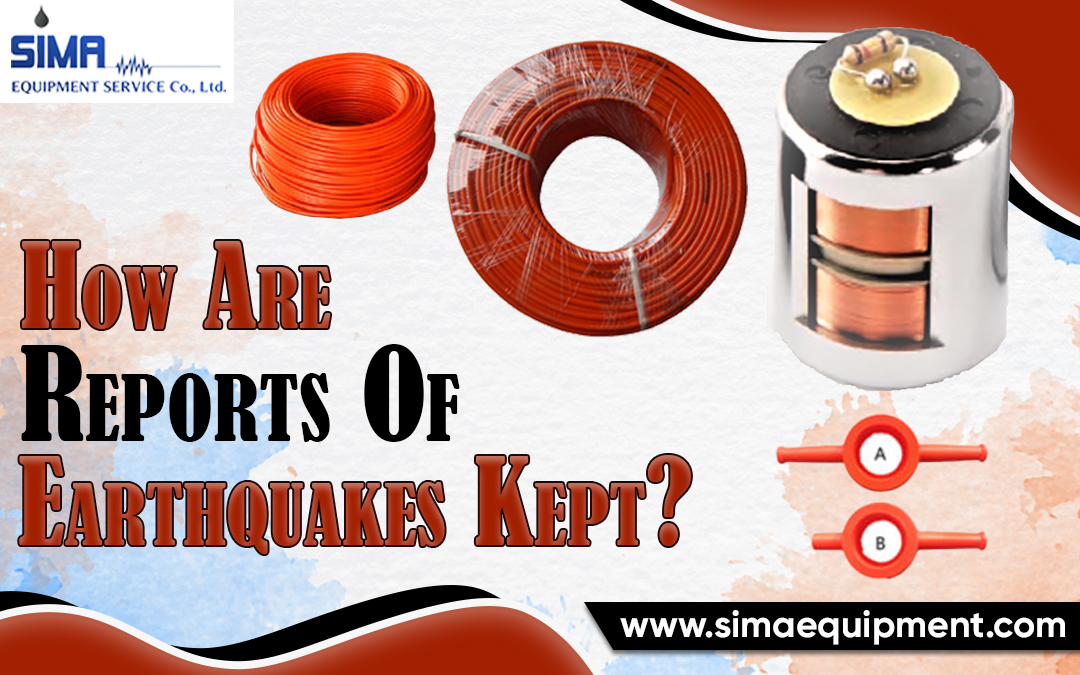News
How Are Reports Of Earthquakes Kept?
Why do you need geophone and hydrophone? As part of the Discovering Earth via Seismology poster, a seismograph is vital for understanding the planet’s innards. The seismograph is a device used to record earthquake-induced ground motion. The placement of seismographs might be either temporary or permanent. On the foot of the Nangar Parbat Mountain in northeast Pakistan, temporary installations are employed to solve scientific problems of geological relevance.
The internal structure of the Earth is studied via permanent installations. Seismographs used in permanent installations are placed in constant positions all across the planet. Modern seismographs use electronic methods to capture and magnify seismic waves, which allow them to detect ground motion as slight as 0.00000001 centimetres (distances of the order of atomic spacing.)
A seismometer operates on the same concept as a free-falling heavy object coupled to a frame anchored to the ground—the seismometer’s frame shifts in the same way as the Earth does in response to earthquake vibrations. The inertia of the heavy mass within the frame keeps it from moving. The relative movement of the structure and the group quantifies ground motion.
The Magnitude of a Moment Scale
Several seismic equipment measures, including the Richter scale, need to offer reliable estimates of the size of mighty earthquakes. Because of its versatility and worldwide applicability, the moment magnitude scale (abbreviated MW) has become the standard for measuring earthquake intensity today. The magnitude of an earthquake is measured in terms of the sum of its moment releases. The importance of a fault’s moment is a function of how far it travelled and how hard it was pushed. It is generated by simulating earthquake records made at various places. For moderate to large earthquakes, estimations based on the moment magnitude are generally consistent with Richter magnitudes. Nevertheless, only the moment magnitude scale is suitable for reliably quantifying occurrences of magnitude eight and above (M8).
Logarithmic scales are used to express magnitudes (base 10). This indicates that the amplitude of the ground motion detected by a seismograph increases by a factor of 10 for every whole number increase on the magnitude scale. According to this scale, a magnitude five earthquake would cause ten times as much ground shaking as a magnitude four earthquakes (about 32 times as much energy would be released). Consider the energy produced by explosives to get a sense of the enormity of these numbers: a magnitude one seismic wave has the same impact as detonating 6 ounces of TNT. The energy released by a magnitude eight earthquake is equivalent to blasting 6 million tons of TNT. Whoa, that is remarkable. Thankfully, most earthquakes are too tiny for humans to feel regularly.
Conclusion
Regarding earthquake resistance, various building types and distances from the epicentre have a role. The amount of destruction caused to a structure depends significantly on its foundation. Structures constructed on top of the rock are less likely to sustain damage during earthquakes than those on sandy soil.

